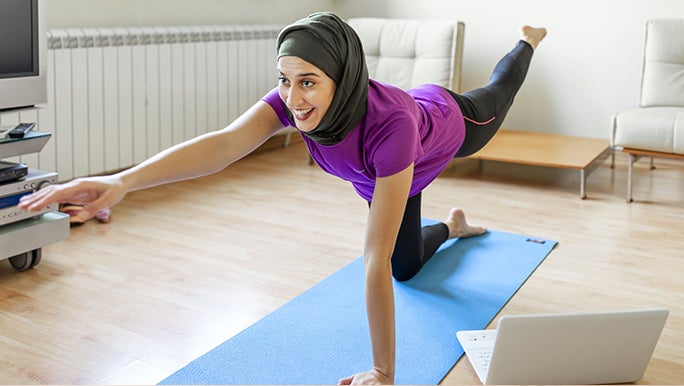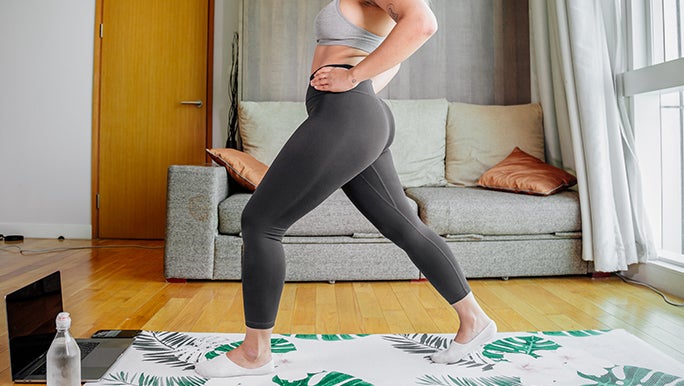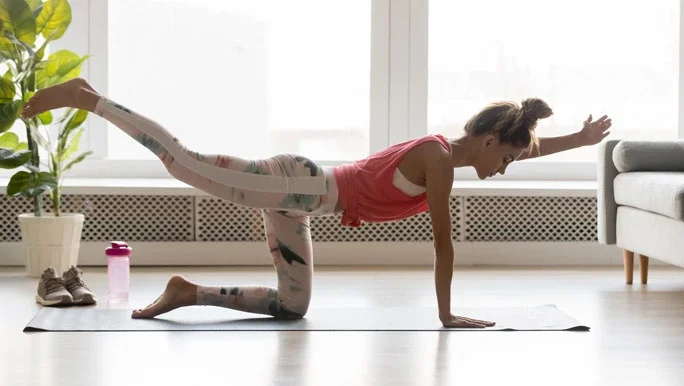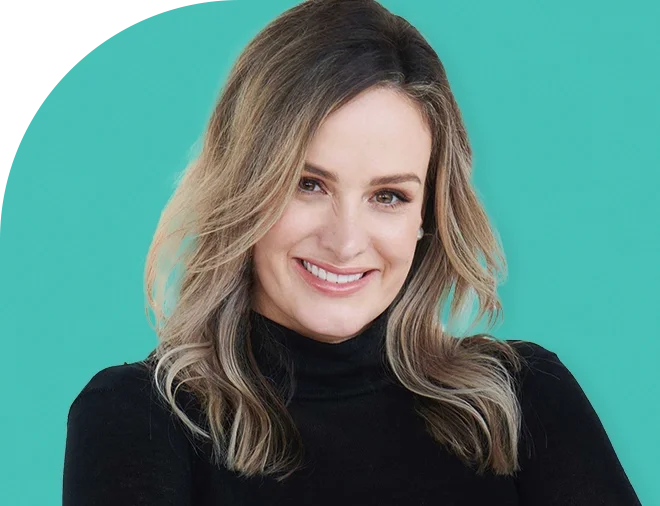Key points about inner core exercises
- Inner core exercises can help improve balance and reduce the risk of injury
- The core is a combination of muscles that power almost every move you make
- The pelvic floor is part of the core and a strong pelvic floor can help with lower back pain
- A weak core can lead to poor posture, increased likelihood of injury and back pain
Chances are, you’ve heard all the hype around core strength. But inner core exercises might not be part of your regular exercise routine (yet).
Sure, a six-pack and flat abs sound great. But between meeting your daily step count and squeezing in some strength training in your already busy schedule – is it really a priority?
The expert verdict is in – and it’s a resounding yes.
Your core supports almost all of your physical activity. Keeping it strong with simple inner core exercises at home or the gym could improve your balance, reduce the risk of injury and potentially prevent pain.
“It’s really important as it influences your everyday life,” says Personal Trainer, Gabrielle Petterwood. “It’s why I’m a big believer in core work.”
What are core muscles?
When most people think of their core, they think of their abdominals or their six-pack. But as Gabrielle explains, it’s about so much more than your abdominals.
“Your core encompasses the muscles across your whole torso,” she says.
So, it’s a combination of major and minor muscles that together power almost every move you make. These core muscles include:
- transverse abdominis
- pelvic floor muscles
- internal and external obliques
- spine stabilisers

If you’re moving less or have a sedentary job, it might be time to include core exercises as part of your regular exercise routine.
Why inner core exercises are important
The core works as a foundation for almost every activity, working hard to ensure everything is moving correctly. By helping our abdominals and back work together, your muscles may be more likely to work properly during everyday movement or exercise.
“It’s really important to strengthen your core muscles,” says Gabrielle, “The core is used in a lot of weight training movements. Learning how to switch on your core properly beforehand is key to effective weight training.”
Pelvic floor and lower back pain
Because it has attachments to the pelvis and the lower back, pelvic floor issues may be related to lower back pain.
Physiotherapist Brad McIntosh explains, “The pelvic floor is a stabilising support structure for the body. So, it may affect how people transfer loads and use their abdominal muscles during structured and incidental exercise, both of which may cause and affect back pain.”
“Some people may have trigger points or tight spots in their pelvic floor which could refer pain into the lower back,” he adds.
So, the good news is you may have more options than just ice or heat for lower back pain – working on your pelvic floor might also help the problem.
Women's health
Women's health

Pelvic floor 101 - what you need to know
Pelvic floor issues are common, but they don't need to be tolerated. Find out how you can maintain your pelvic floor health with tips from Dr Nikki Stamp.
The downside of having a weak core
Having a weak core is often associated with living a sedentary lifestyle, women after pregnancy and for some people as they age.
Weak core muscles may leave you with poor posture and, over time, might lead to lower back pain or sports injuries.
“Having a weak core usually influences your everyday movements,” says Gabrielle, “For example, if you’re someone who sits at a desk for most of the day, having a weak core increases the likelihood of an injury in just about any part of your body.”
A weak core may also contribute to back pain. “When all those minor, deep muscles aren’t switching on to stabilise, your major muscles may become really tight as they take over,” explains Gabrielle.

Strengthening your core helps with just about everything you do.
Doing inner core exercises at home
If you’re looking for a few core exercises you could try from the convenience of your own home, Gabrielle suggests:
The ‘Dead Bug’
Lie on your back with your arms up high and your hands extended. Legs are bent and at a 90-degree angle to the floor. Extend the opposite arm and leg to the floor then repeat on the opposite side.
“This is a great core exercise for beginners,” says Gabrielle.
The plank
Planks are the perfect exercise to stabilise your whole core, engage your glutes and everything in your shoulder girdle.
The ‘Bird Dog’
This is like the ‘Dead Bug’ in reverse. Get on the floor in a four-point kneeling position. Extend the opposite arm to the opposite leg.
“This one is also great for back muscles,” says Gabrielle.
By strengthening the core with some regular exercises, you could help build solid foundations for any physical movement you do. As explained by Gabrielle, it helps to protect your spine, stabilise your pelvis and reduce the potential for injury around the hips and knees.

Regular core exercises help you move easier and potentially prevent injury.
Make inner core exercises part of your routine
If you’re moving less or have a sedentary job, it might be time to include core exercises as part of your regular exercise routine.
To help your new core exercise habit stick, you could build it into your smart fitness goals or bring everyone at home along for the ride as part of a family fitness challenge.
“Strengthening your core helps with just about everything you do,” says Gabrielle, “Regular core exercises build your core strength, help you move easier and potentially prevent injury.”
Build your fitness routine
Kickstart your fitness journey and build lifelong habits with our free ways to move programs. Hear from Sam Rooney, our Accredited Exercise Physiologist expert from Exercise & Sports Science Australia, on his top tips on setting SMART goals to stay motivated. Access these videos and more via ways to move today!
Related:
Gabrielle Petterwood is a Personal Trainer with a holistic approach to fitness, nourishing the body with fresh foods and living a healthy and balanced lifestyle to realise full-body health.
Brad McIntosh is a highly-trained and well-regarded physiotherapist with a particular clinical and research interest in knee rehabilitation.
Reviewed by the healthylife Advisory Board September 2021.





